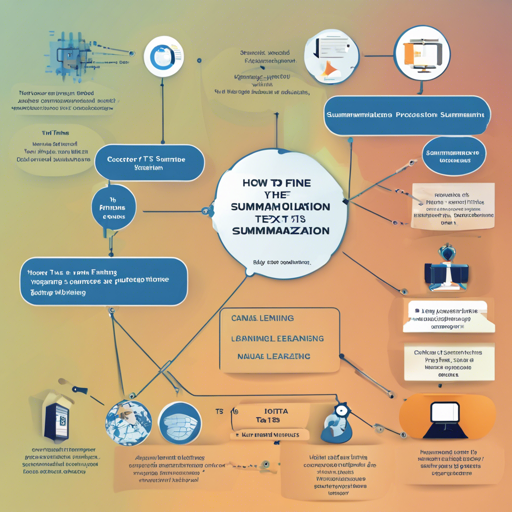With the rapid advancement of natural language processing (NLP), fine-tuning pre-trained models can make your text summarization tasks much more efficient. Here, we will explore the process of fine-tuning the T5 model, specifically the fine-tuned version of T5 on the New York Times dataset, referred to as t5-finetuned-NYT. This guide will help you understand the methods used, the training process, and provide you with troubleshooting tips.
Understanding the T5 Model
The T5 (Text-to-Text Transfer Transformer) model is designed to convert all NLP tasks into a text-to-text format. This versatility makes it powerful for various applications, including summarization. Think of the T5 model as a Swiss Army knife—it can handle multiple tasks (like translation, summarization, and more) but requires some tweaks to do the task excellently.
How to Fine-Tune the Model
To get started with the T5 fine-tuning process, follow these steps:
- Prepare Your Dataset: Ensure that you have a suitable dataset for training. For our case, we are using a dataset from the New York Times.
- Set Training Hyperparameters: Configure your training settings. Key hyperparameters include:
- Learning Rate: 5.6e-05
- Train Batch Size: 8
- Evaluation Batch Size: 8
- Seed: 42
- Optimizer: Adam with betas=(0.9, 0.999)
- Learning Rate Scheduler Type: linear
- Number of Epochs: 8
- Start Training: Use the training loop to link the data with the model while monitoring your loss and ROUGE scores.
Training Results
The training process generates various metrics that help evaluate the model’s performance. Here are some key results from our training sessions:
Training Loss: 2.2519
Rouge1: 45.692
Rouge2: 32.1167
Rougel: 44.3548
Rougelsum: 44.3959Analogy: The Cooking Process
Think of fine-tuning the T5 model like preparing a gourmet dish. You start with a well-designed recipe (the pre-trained model) and then tailor it to your taste (the specific dataset). The ingredients (hyperparameters) need to be carefully measured and combined, ensuring you have the right flavors (training results) at the end. If you rush the cooking process, your dish might end up undercooked (inadequate training), resulting in a meal that doesn’t quite hit the mark.
Troubleshooting Tips
Fine-tuning models comes with its challenges. Here are some common issues and their solutions:
- Model Performance is Poor: Ensure that your dataset is clean and of high quality. Consider adjusting your learning rate.
- Training Takes Too Long: Check your batch size. A smaller batch size often reduces GPU memory usage.
- Loss Not Decreasing: This can indicate that your learning rate is too high or that there are issues with your dataset. Review your data and adjust the learning rate.
For more insights, updates, or to collaborate on AI development projects, stay connected with fxis.ai.
Final Thoughts
At fxis.ai, we believe that such advancements are crucial for the future of AI, as they enable more comprehensive and effective solutions. Our team is continually exploring new methodologies to push the envelope in artificial intelligence, ensuring that our clients benefit from the latest technological innovations.

